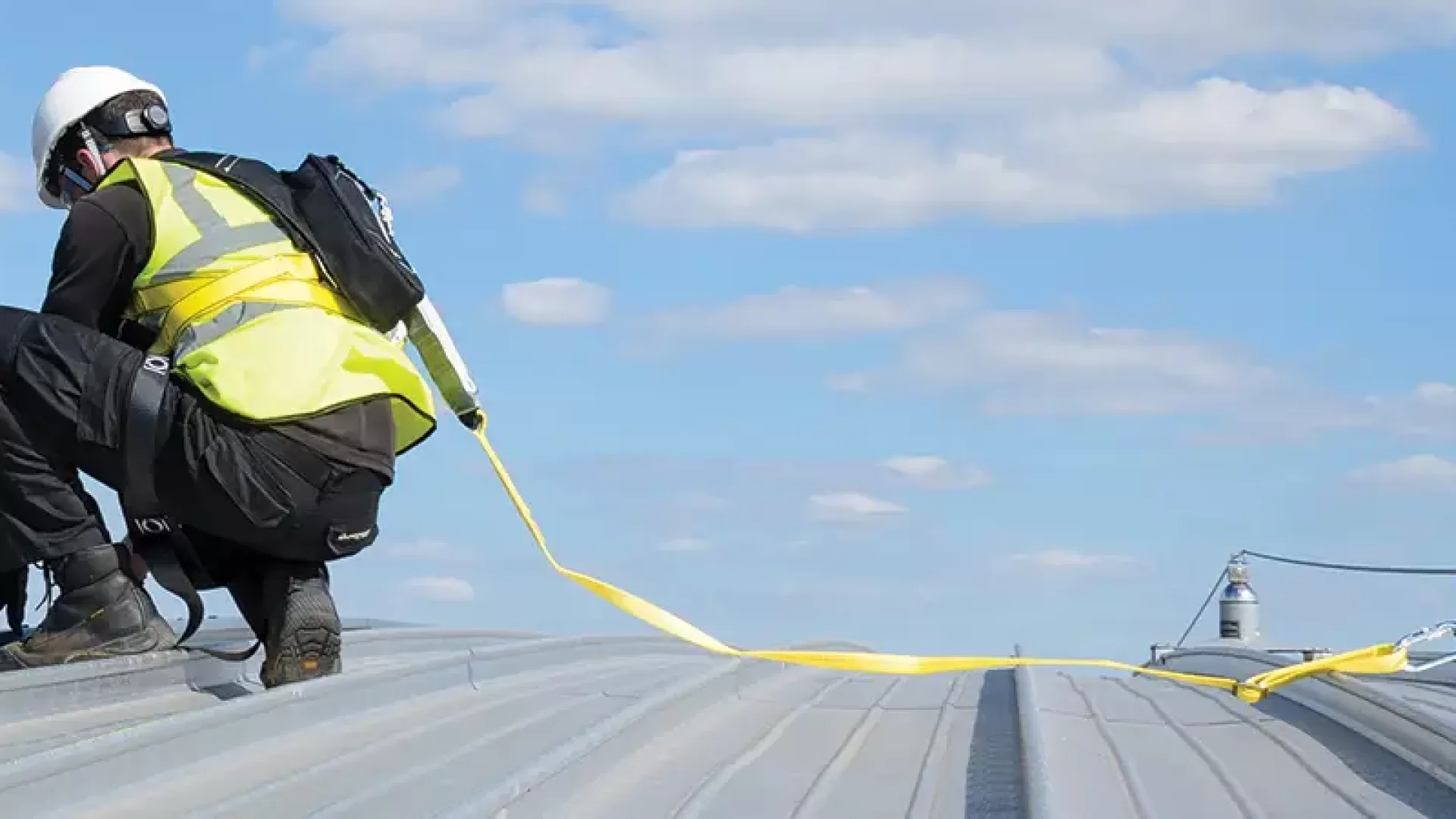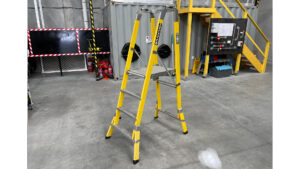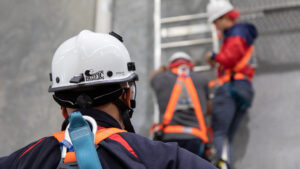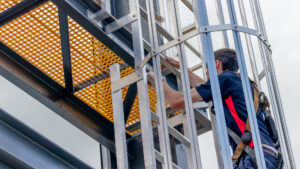Falls from heights remain a major workplace hazard resulting in fatalities and injuries across a broad range of industries.
Despite this, the risks associated with working at heights are often misunderstood and not mitigated properly. This can, in part, be put down to a lack of understanding of relevant legislation either due to unawareness or confusion regarding liability.
In this blog post, the experts at Height Safety Engineers demystify some key points regarding the requirements to provide adequate height safety systems on and in commercial buildings.
So, who is ultimately responsible for the height safety system of a commercial building?
According to the Work, Health and Safety Act:
“A person conducting a business or undertaking at a workplace must manage…risks to health and safety associated with a fall by a person from one level to another that is reasonably likely to cause injury to the person or any other person.”
This means, if you are a person conducting a business or undertaking (PCBU), you have a duty of care to your employees, or in other words, you are entirely responsible for providing your employees with a safe workplace at all times, as well as ensuring they have adequate working at heights training. This responsibility also extends to any tradespeople or contractors you hire to perform work on your roof or where there is a risk of a fall.
If anyone ever needs to access the roof of your commercial building in order to complete a task, such as cleaning, servicing an air-conditioner unit or performing window cleaning, you need to ensure that there is some sort of height safety system in place to protect them from a fall.
It is important to note that while you may be doing everything in your power to provide the safest possible working environment, you may not be eliminating every single risk.
Where it is not reasonably practicable to eliminate every single risk, these risks must be controlled to the highest possible and reasonably practicable level.
What is considered to be “reasonably practicable?”
According to the Work, Health and Safety Act, ‘reasonably practicable’, in relation to a duty to ensure health and safety, means that which is, or was at a particular time, reasonably able to be done in relation to ensuring health and safety, taking into account and weighing up all relevant matters including:
- The likelihood of the hazard or risk occurring.
- The degree of harm likely to result from the hazard or risk.
- Knowledge about ways of eliminating or minimising the hazard or risk.
- The availability and suitability of ways to eliminate or minimise the risk.
- The cost associated with available ways of eliminating or minimising the risk, including whether the cost is grossly disproportionate to the risk.
- Determining what is reasonably practical is objective and has been the subject of many debates in compensation claims stemming from workplace incidents.
Another way to look at it is that a PCBU must do whatever is realistically within their power to completely remove or minimise any health and safety risks. They must also be able to demonstrate that they have done everything they possibly can.
However, it’s important to note that perhaps the most difficult risk of all to eliminate is human behaviour.
You could install the safest, reasonably practicable fall arrest system available and provide the most comprehensive heights training to your team, but all of that could go out the window if a single employee chooses to ignore their training and take a shortcut or unintentionally use the equipment incorrectly.
Falls resulting in serious injury and even death have been known to happen as a result of human error. Having anyone accessing your roof sign-off on their safe work method statement and competencies before being permitted to go up there is one way you can reduce your liability in the event of an unfortunate accident occurring.
Need help understanding your responsibilities regarding height and safety? Or want to ensure you are meeting your workplace obligations?
Height Safety Engineers are experts in the design, installation, and certification of height safety systems. We can design, fabricate, and install systems for fall arrest, fall restraint and fall prevention needs.
Our expert designers can provide you with a safety system design specific for your location, using only the highest-quality components sourced from handpicked suppliers ensuring your safety system meets the highest standards.
With industry-leading and best practice design principles guiding our work, Height Safety Engineers can develop a height safety or roof access system that arrives on time, on budget and is fully compliant with Australian standards.
Height Safety Engineers have over a century of combined experience in designing and installing best practice height and roof safety solutions, made perfect.





